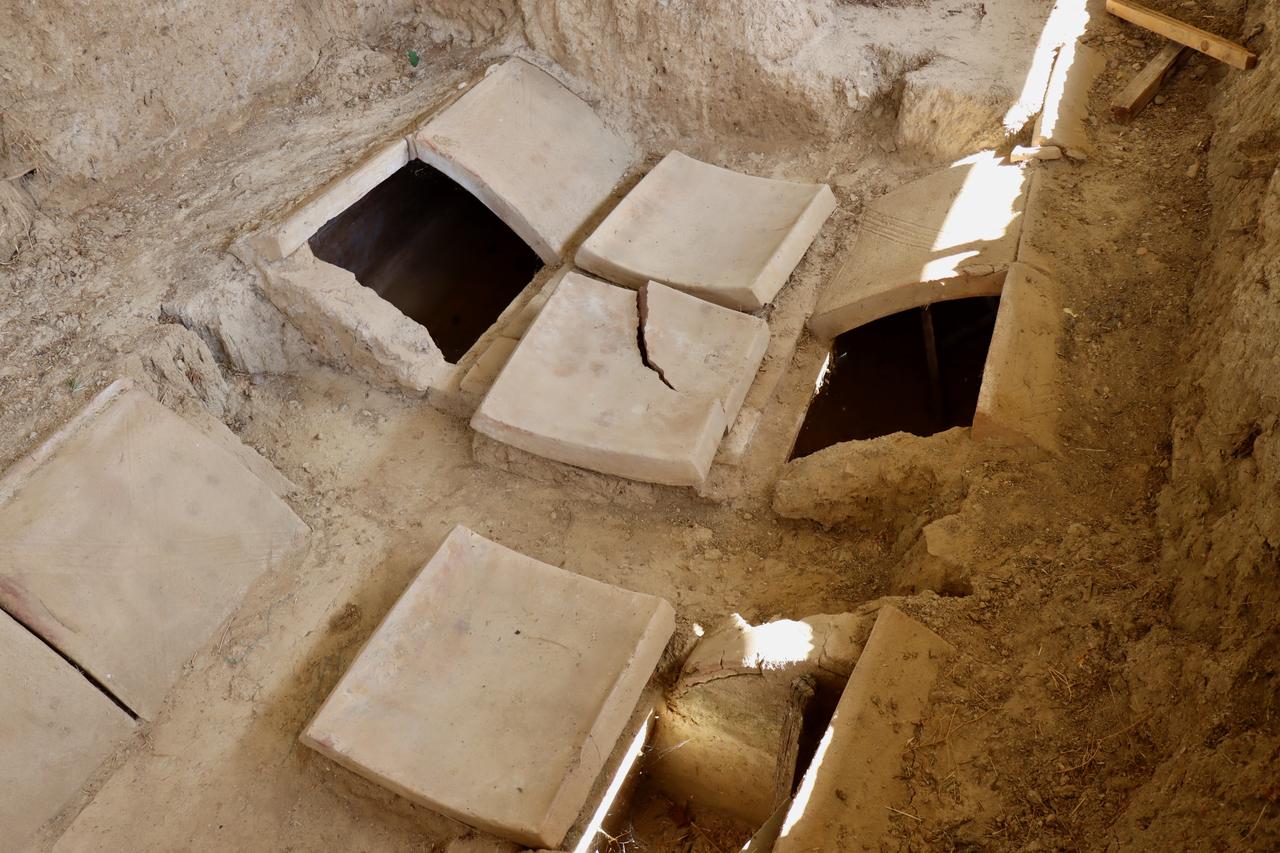
Archaeologists in the ancient city of Nicaea (modern-day Iznik, a district of Bursa in northwestern Türkiye) are documenting the city’s Roman and Early Byzantine mortuary landscape at Hisardere, a burial ground (necropolis) used from the second century until the late fifth century.
The team, working under the Iznik Museum with researchers from Dokuz Eylul University and with permission from the Ministry of Culture and Tourism of Türkiye, has identified a range of tomb types and practices that together trace how families honored their dead across generations.
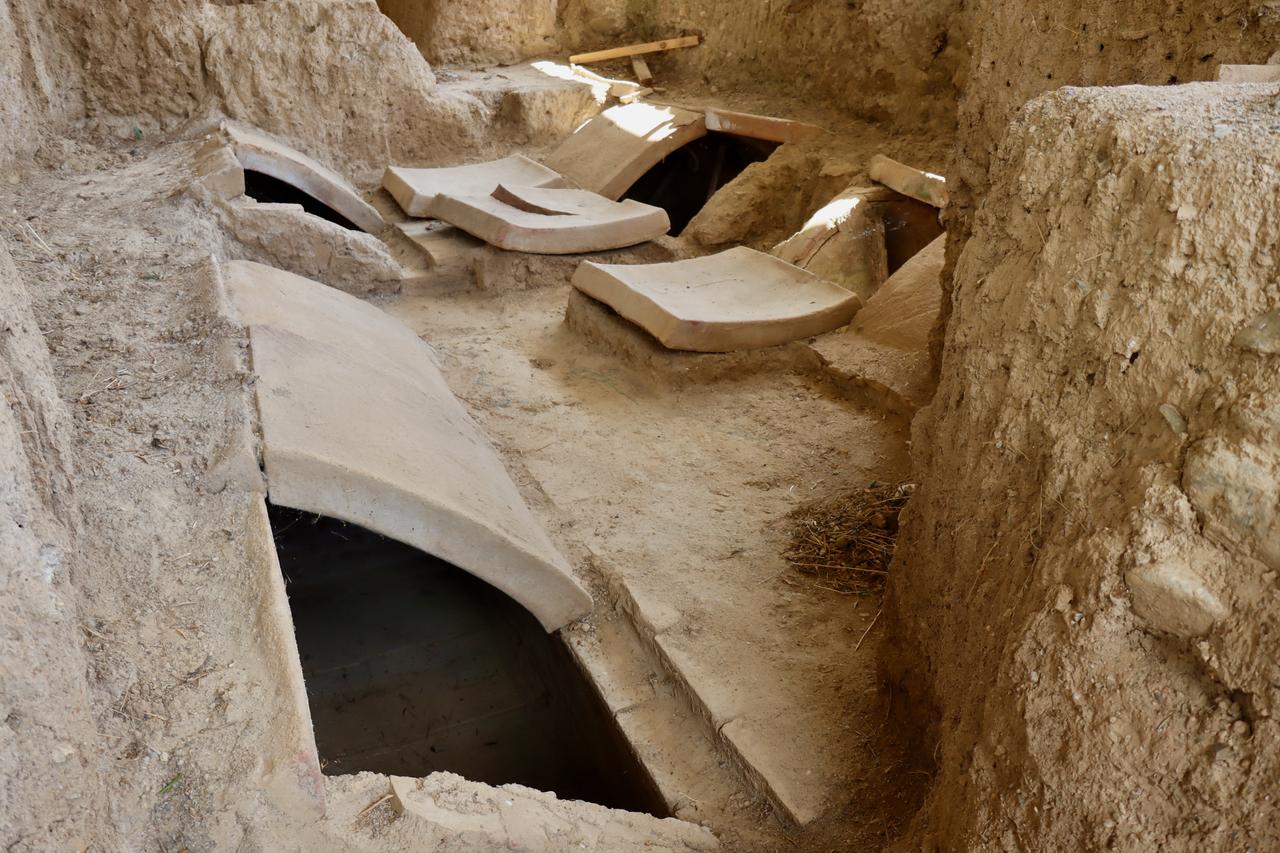
Scientific coordinator Professor Aygun Ekin Meric said the site preserves Iznik’s burial tradition from the second to the late fifth century and pointed to a striking cluster of family tombs engineered to be opened and closed as needed.
These chambers were roofed with terracotta (fired-clay) plates and, according to the excavation data, could accommodate multiple interments. “We know up to 14 people were interred in these family graves,” Meric noted, adding that lids were lifted for each burial and then resealed.
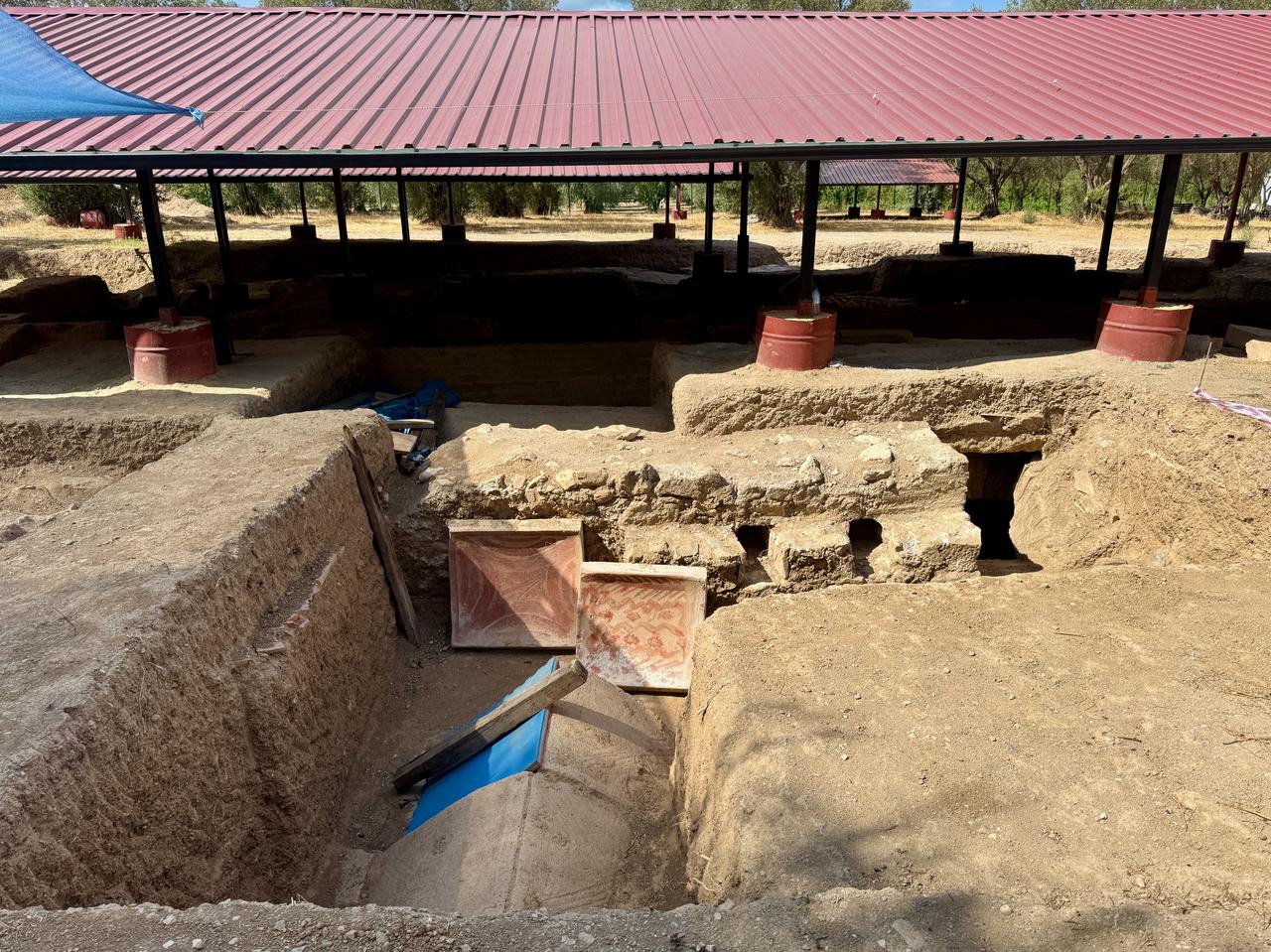
The dig has brought to light chamber graves decorated with locally distinctive frescoes—garden paradises with plants and birds—and hypogea (underground vaulted tomb rooms accessed by steps).
Archaeologists also recorded ornate sarcophagi with relief carving, along with grave offerings—evidence of the cult of the dead—beside human skeletons. Meric underlined that these remains, exhibited today in the Iznik Museum’s Necropolis Hall, reflect the grandeur of second to third century Roman-period burials as well as simpler forms used by others.
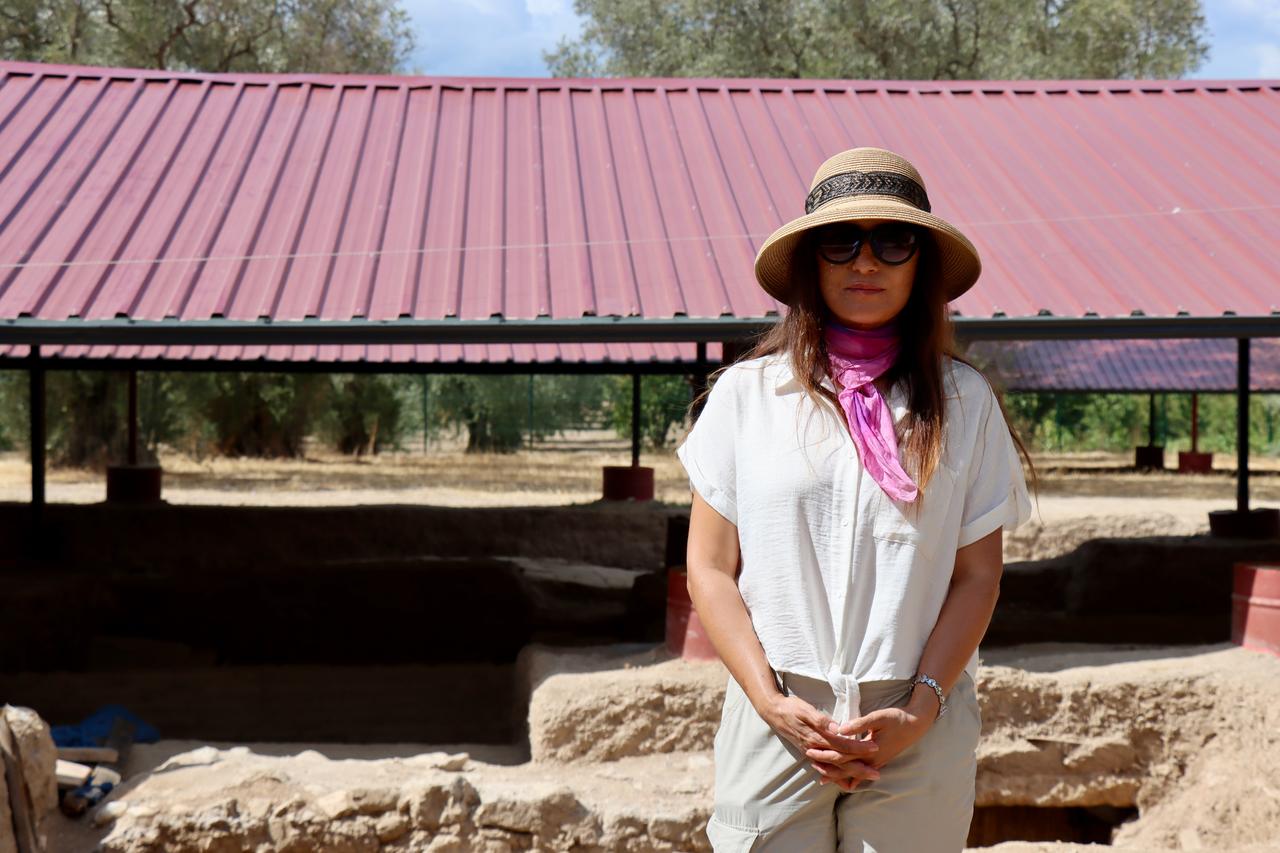
Meric explained that the necropolis gathered the city’s social spectrum in one area beyond the fortifications, roughly 2.5 kilometers from the center.
“We are finding tombs in an unopened state and can identify them very clearly,” she said, describing Hisardere as a place that shows Nicaea’s burial tradition in full.
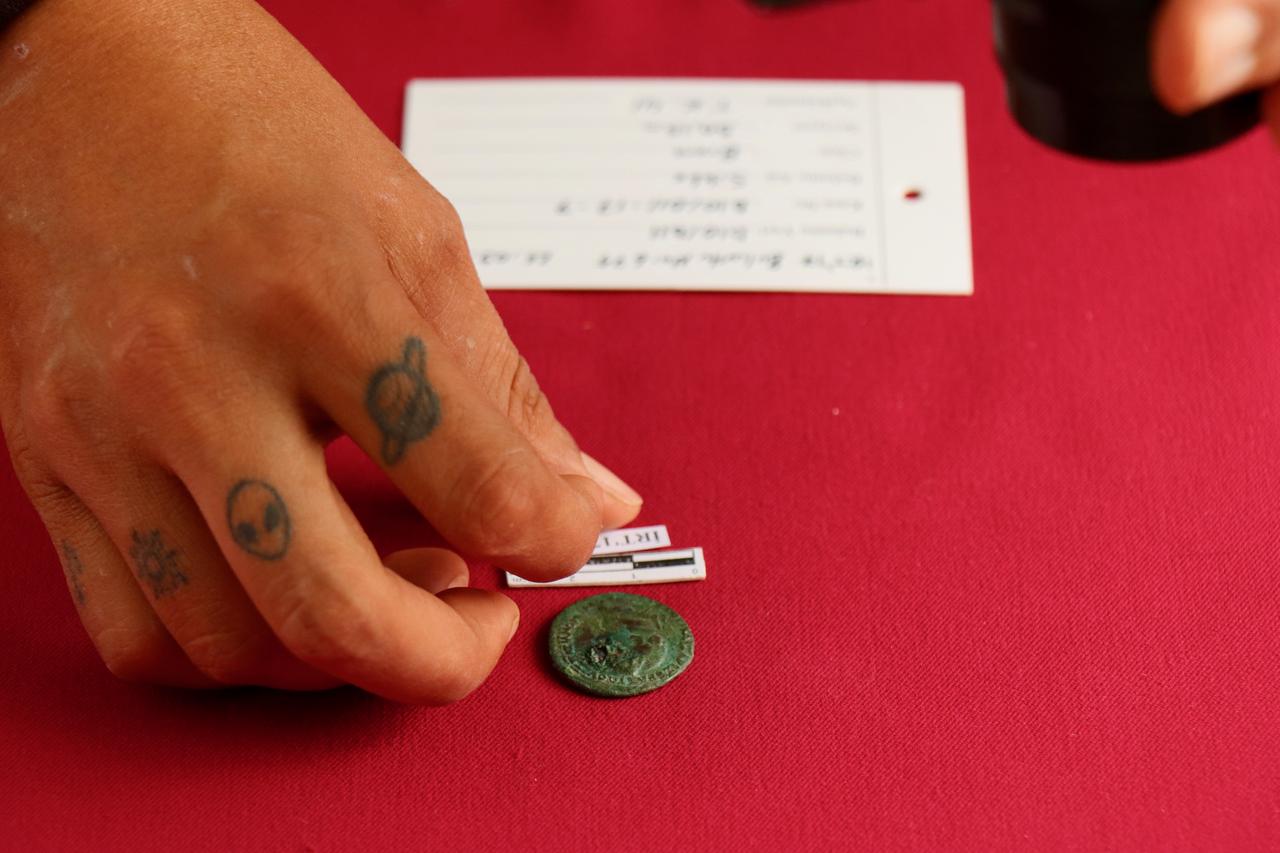
During fieldwork, the team traced the walls of a very large basilica, a three-aisled early Christian church plan with a central nave and two side aisles. Meric dated the structure to the fifth century and said the central aisle preserves geometric mosaics characteristic of the fourth–fifth centuries.
Measuring about 30 by 70 meters, the church was constructed directly over the necropolis and later continued to receive burials as a basilica cemetery. “Use here began as a necropolis and continued with the basilica and its cemetery,” Meric observed.
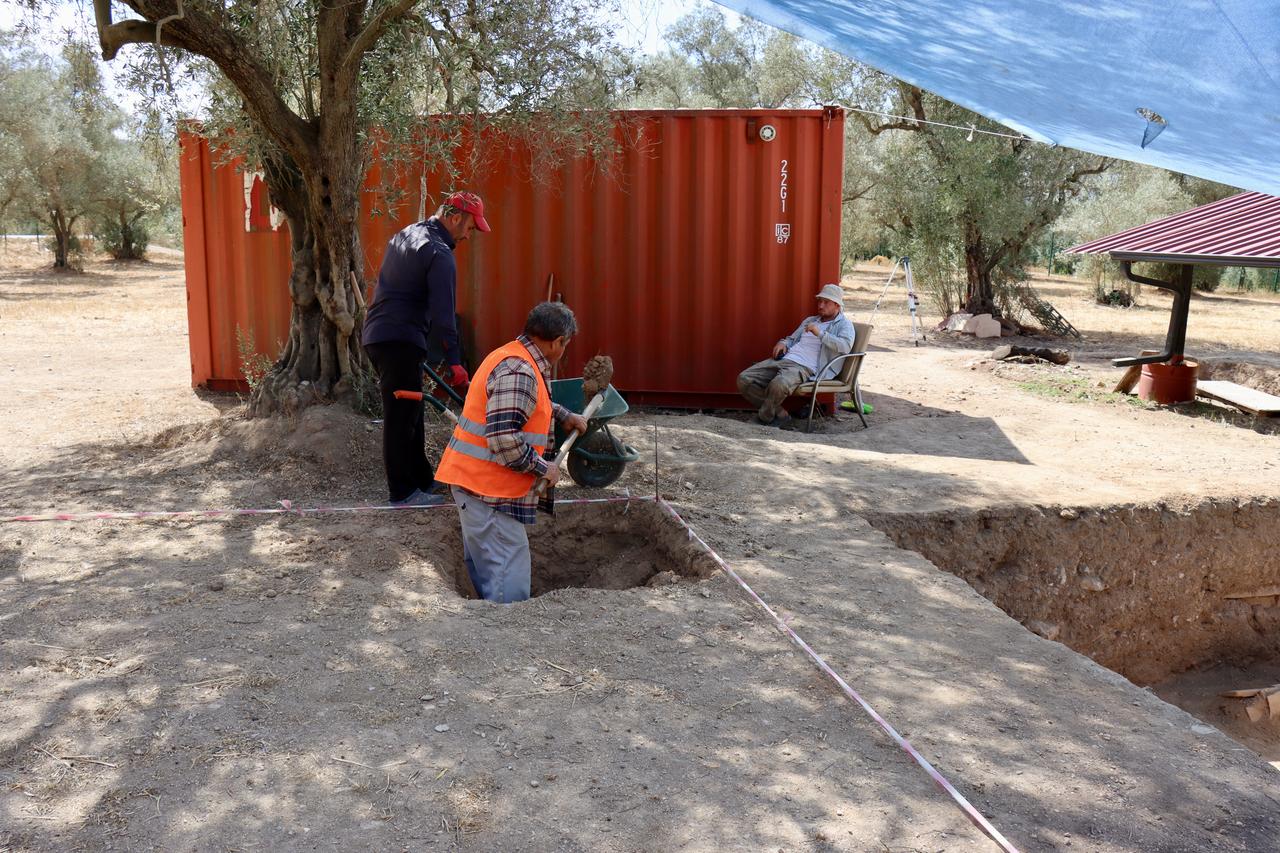
Hisardere once lay within vineyards and olive groves. After a looting incident in 1992 and expropriation in 2017, the project shifted from rescue operations to systematic excavation starting in 2018.
Meric said the work consistently delivers “very exciting finds” and that, once the excavations are complete, plans call for arranging the Hisardere Necropolis as an open-air museum to welcome visitors.